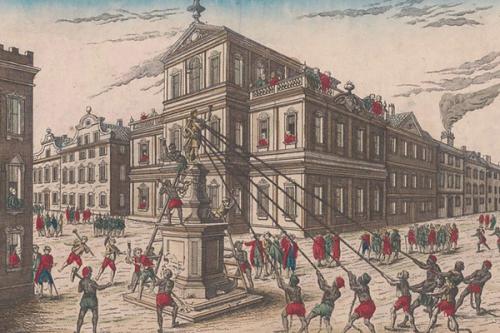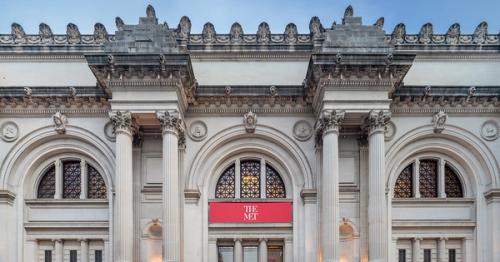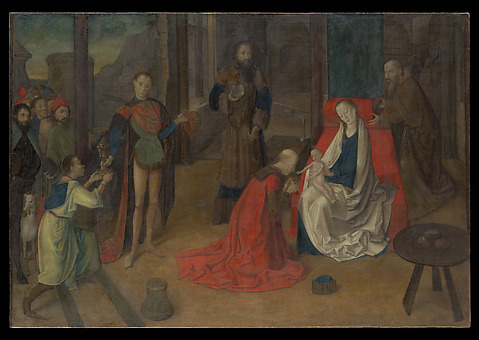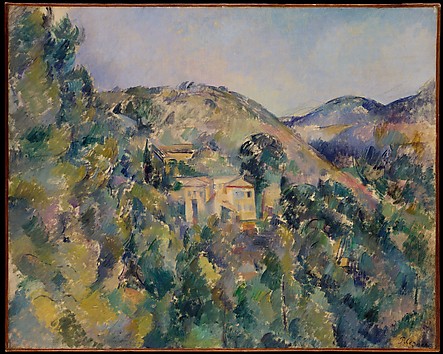The spectacular transformation of Paris during the 19th century into a city of tree-lined boulevards and public parks both redesigned the capital and inspired the era’s great Impressionist artists. The renewed landscape gave crowded, displaced urban dwellers green spaces to enjoy, while suburbanites and country-dwellers began cultivating their own flower gardens. As public engagement with gardening grew, artists increasingly featured flowers and parks in their work. Public Parks, Private Gardens includes masterworks by artists such as Bonnard, Cassatt, Cézanne, Corot, Daumier, Van Gogh, Manet, Matisse, Monet, and Seurat. Many of these artists were themselves avid gardeners, and they painted parks and gardens as the distinctive scenery of contemporary life. Writing from the perspective of both a distinguished art historian and a trained landscape designer, Colta Ives provides new insights not only into these essential works, but also into this extraordinarily creative period in France’s history.













